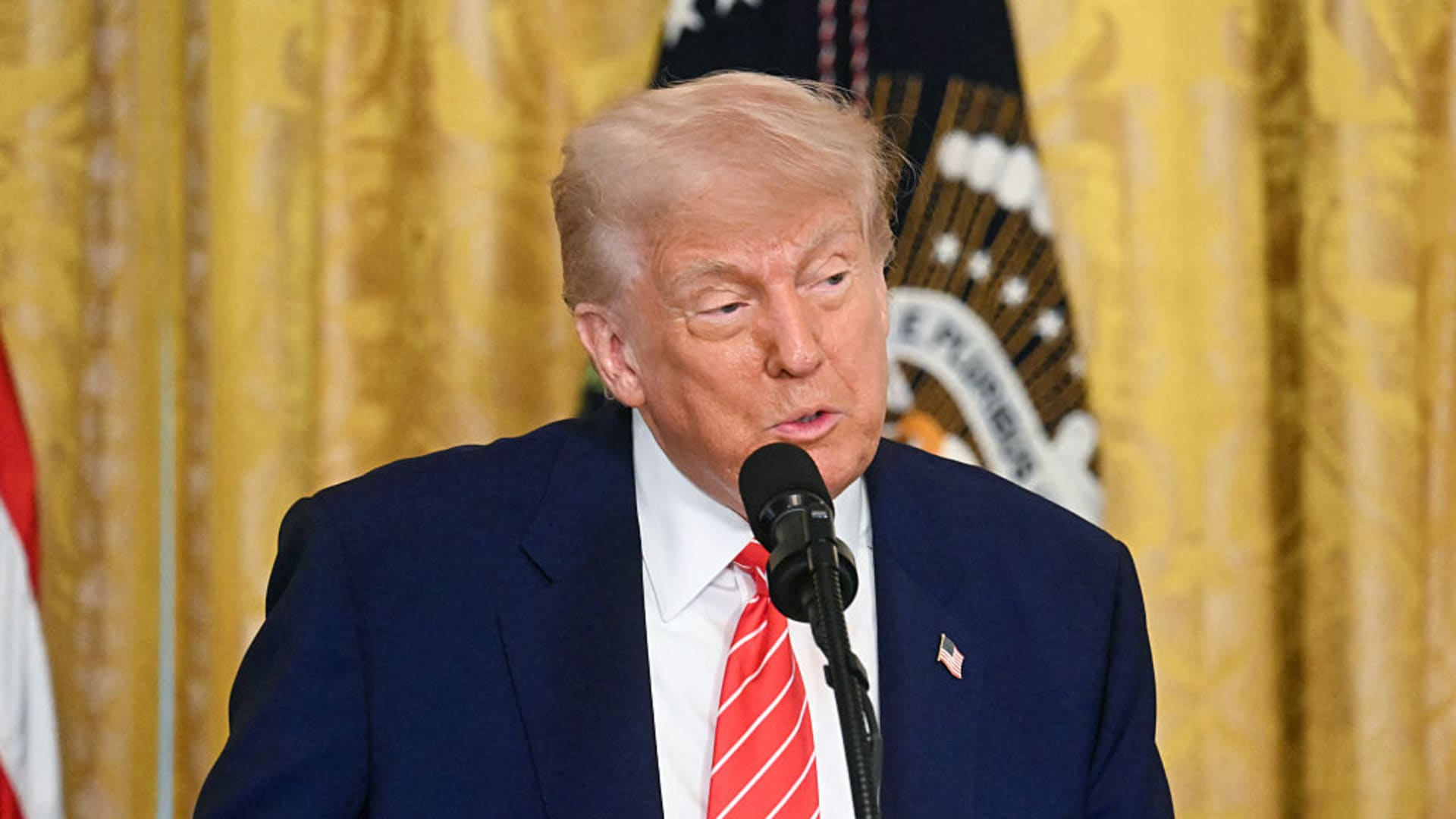Trump Takes Bold Step to Align U.S. Drug Prices with Global Standards
In a landmark decision poised to transform American healthcare, former President Donald Trump announced plans to sign an executive order aligning U.S. prescription drug prices with international benchmarks. The move, expected within weeks, aims to slash costs for millions of Americans by pegging Medicare drug prices to those paid in other developed nations. This policy shift could save taxpayers an estimated $17 billion annually while sparking fierce debate across the pharmaceutical industry.
The Global Pricing Model: How It Would Work
The proposed “Most Favored Nation” approach would tie Medicare Part B and Part D drug reimbursements to the lowest prices available in a basket of comparable countries, including Canada, the UK, Germany, and Japan. Currently, Americans pay 2.5 times more for prescription drugs than peer nations, according to a 2023 RAND Corporation study. Under the new framework:
- Biologic medications would see price cuts of 30-50%
- Non-biologic drugs would drop 20-40%
- Annual savings per Medicare beneficiary could exceed $1,200
“This levels the playing field after decades of American patients subsidizing global healthcare,” said Dr. Robert Field, a health policy expert at Drexel University. “However, the pharmaceutical industry will likely challenge this in court, arguing it stifles innovation.”
Potential Impacts on Patients and Providers
For the 49 million Americans enrolled in Medicare, the changes could mean immediate relief from soaring drug costs. A 2024 Kaiser Family Foundation poll found that 1 in 3 seniors currently skips doses or splits pills due to affordability issues. The policy might also:
- Reduce out-of-pocket costs for insulin by up to 75%
- Cap annual prescription expenses at $2,000 for most beneficiaries
- Expand access to breakthrough cancer therapies
Yet hospital groups warn of unintended consequences. “Dramatic price cuts could disrupt supply chains and delay patient access to newer treatments,” cautioned Mary Grealy, president of the Healthcare Leadership Council. “We need balanced reform, not a blunt instrument.”
Pharmaceutical Industry Braces for Disruption
The proposal has sent shockwaves through biotech and pharmaceutical sectors, with industry analysts predicting:
- $40-60 billion in reduced annual revenue for drugmakers
- Possible R&D budget cuts affecting future drug pipelines
- Increased pressure to streamline manufacturing costs
PhRMA, the industry’s lobbying arm, contends the plan would export foreign price controls to the U.S. “This threatens our global leadership in medical innovation,” said PhRMA CEO Stephen Ubl. “We’re exploring all options to protect patient access and American jobs.”
Political and Legal Challenges Ahead
The executive action sets up a potential legal showdown, as similar proposals under the Trump administration were blocked by federal courts in 2020. Legal experts identify three key hurdles:
- Constitutional questions about executive authority over pricing
- Potential violation of trade agreements
- Challenges from states with significant pharmaceutical employment
Progressive groups applaud the move while urging broader reforms. “This is a Band-Aid on a bullet wound,” said Public Citizen’s healthcare advocate Peter Maybarduk. “We need comprehensive legislation to allow Medicare full negotiation power.”
The Road Ahead for Drug Pricing Reform
As the policy takes shape, stakeholders are preparing for implementation as early as 2025. Key considerations include:
- Establishing transparent international price comparisons
- Creating safeguards against drug shortages
- Developing transition plans for small biotech firms
Economists suggest the changes could spur a broader market correction. “When Medicare sneezes, the entire healthcare system catches cold,” noted Harvard health economist David Cutler. “Commercial insurers will demand similar pricing, creating ripple effects across all payers.”
For Americans struggling with prescription costs, the policy offers hope—but uncertainty remains about its final form and durability. As the debate unfolds, patients and providers alike are advised to stay informed through CMS updates and consult their healthcare teams about potential impacts on treatment plans.
See more WebMD Network



